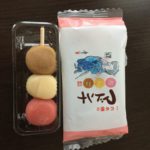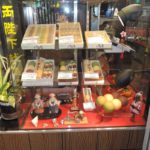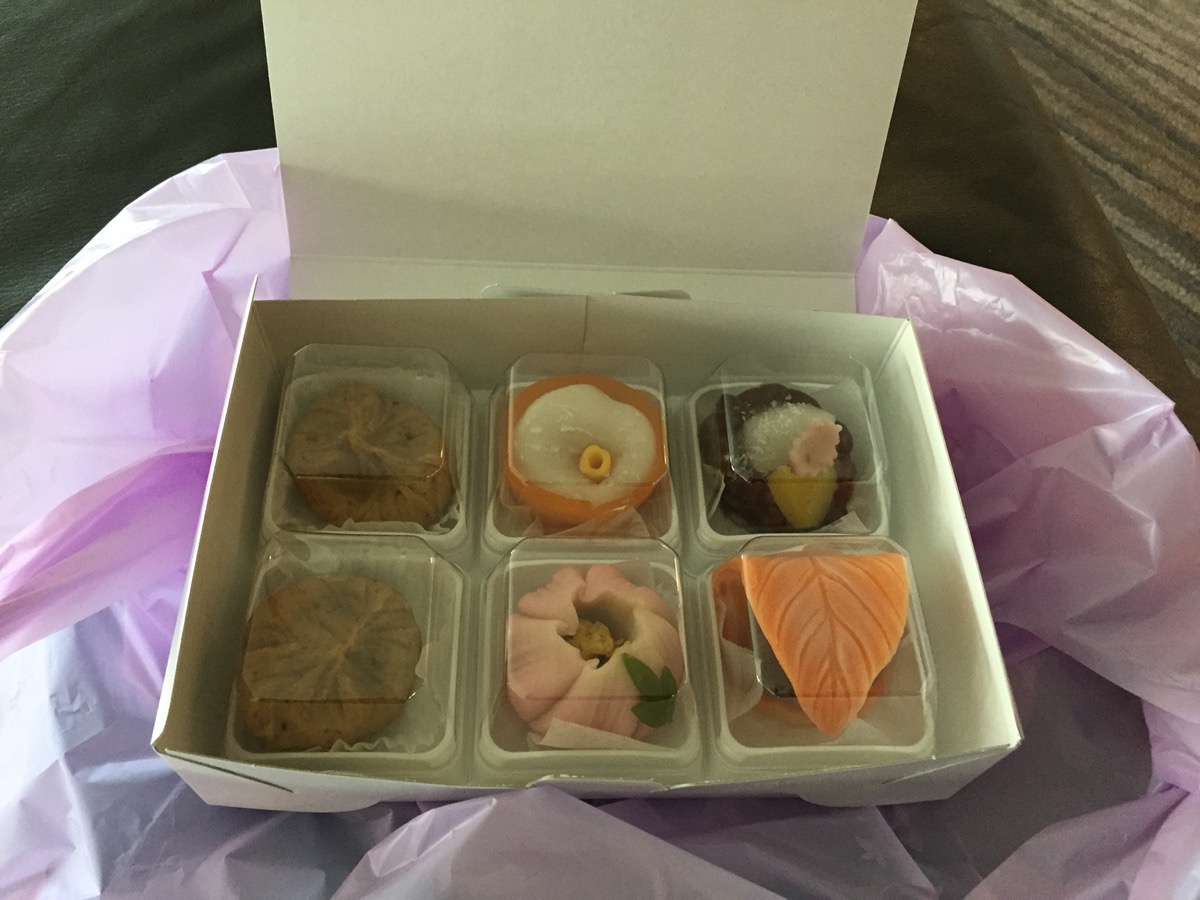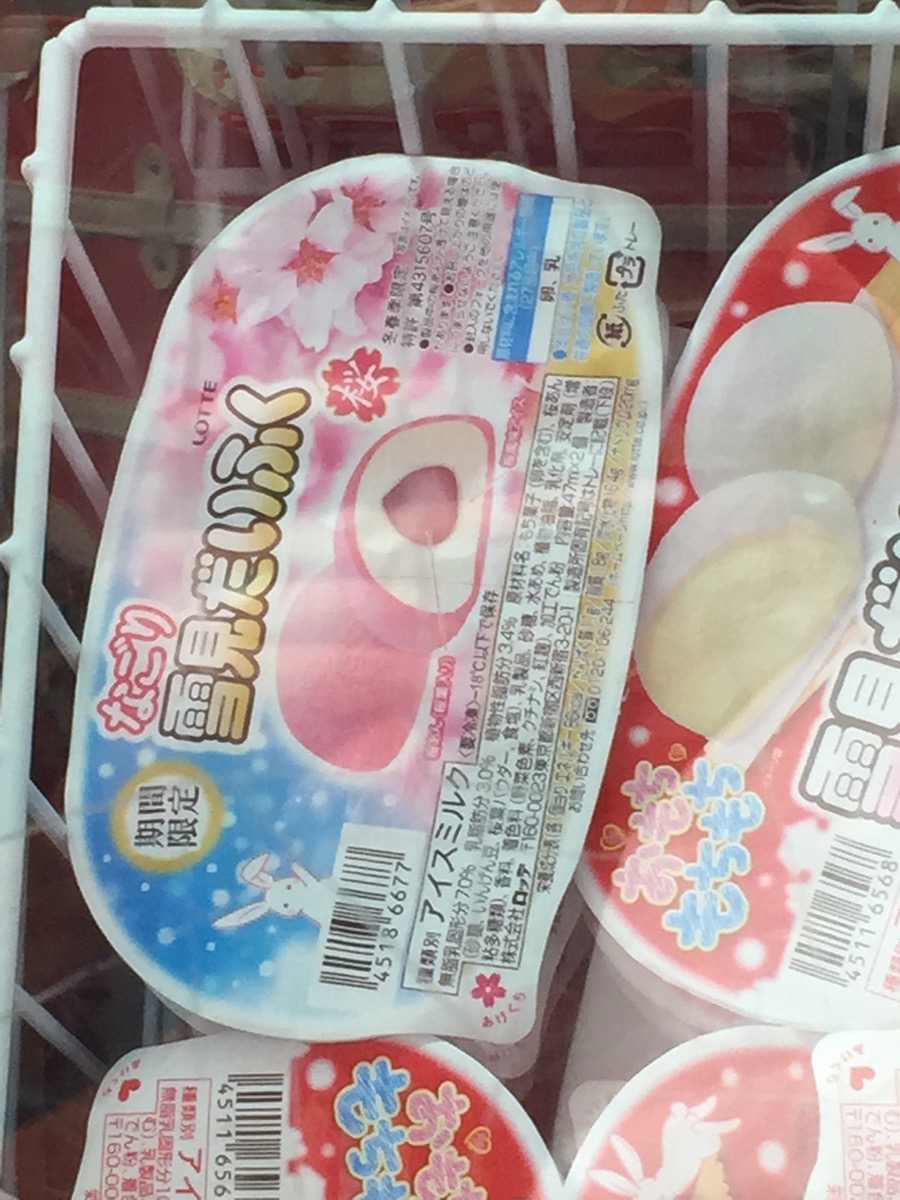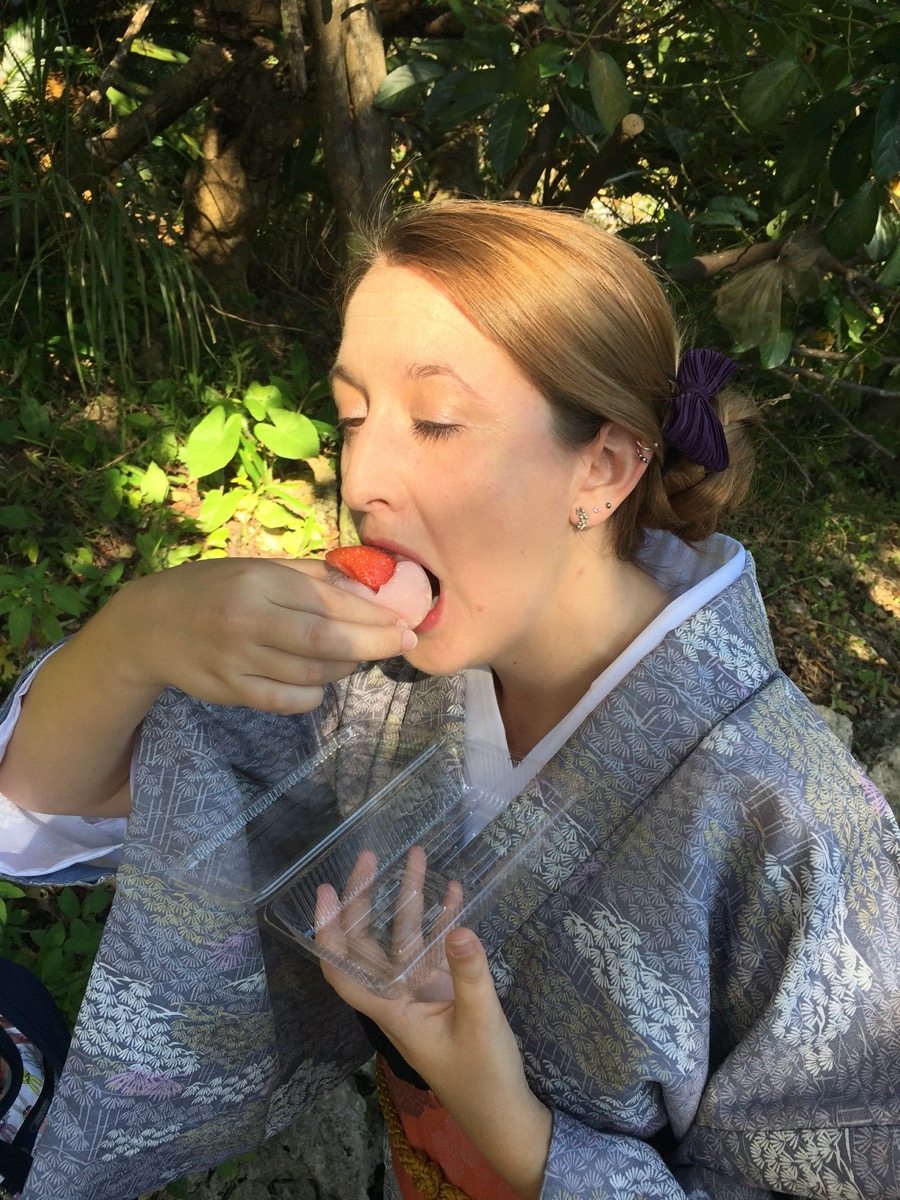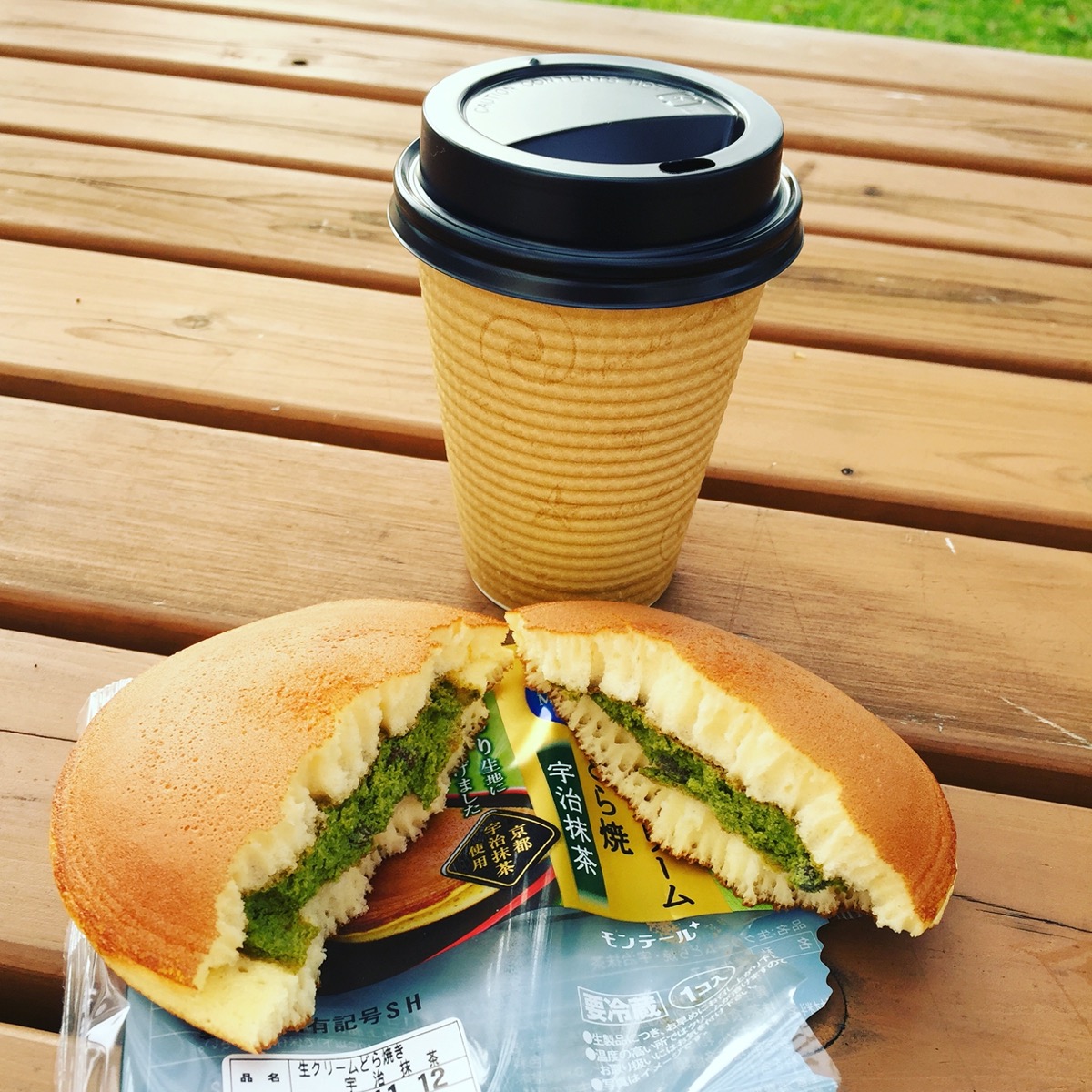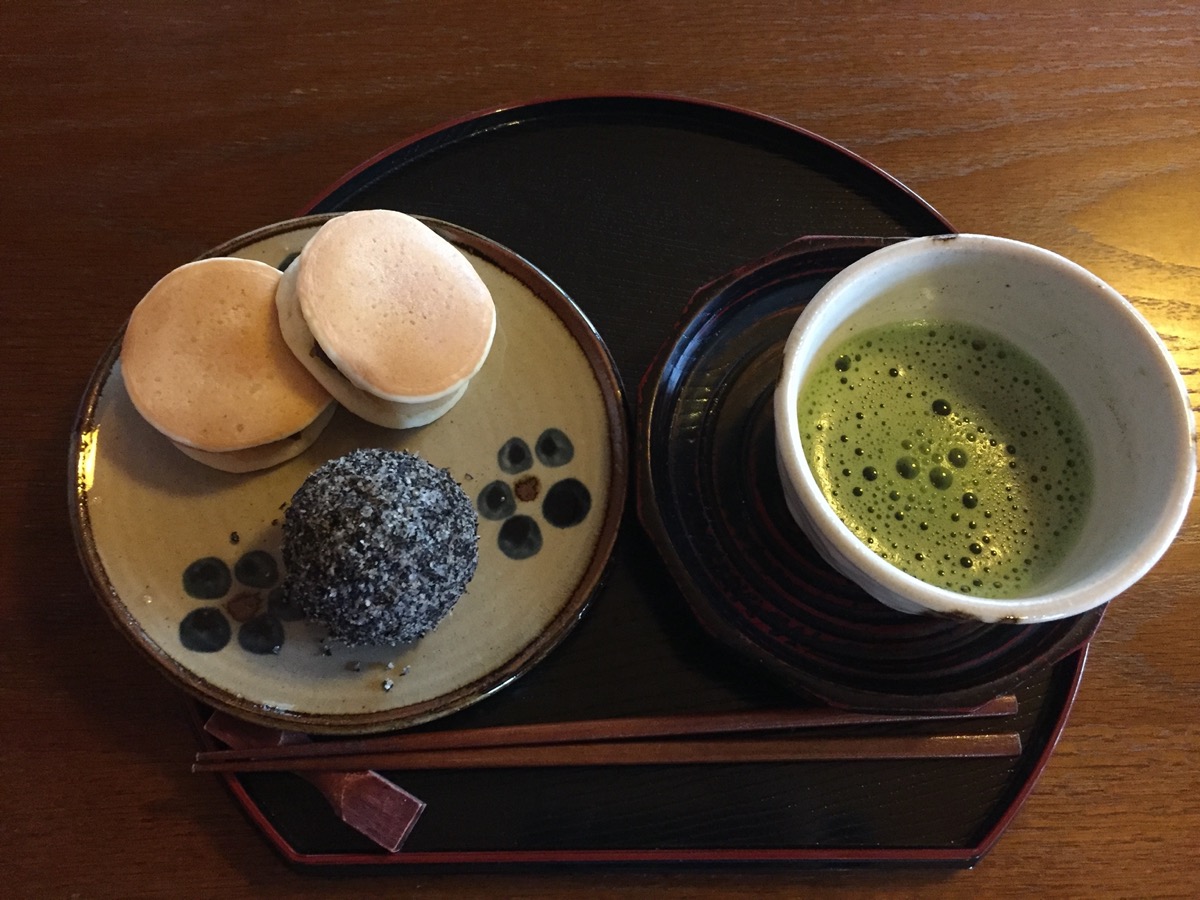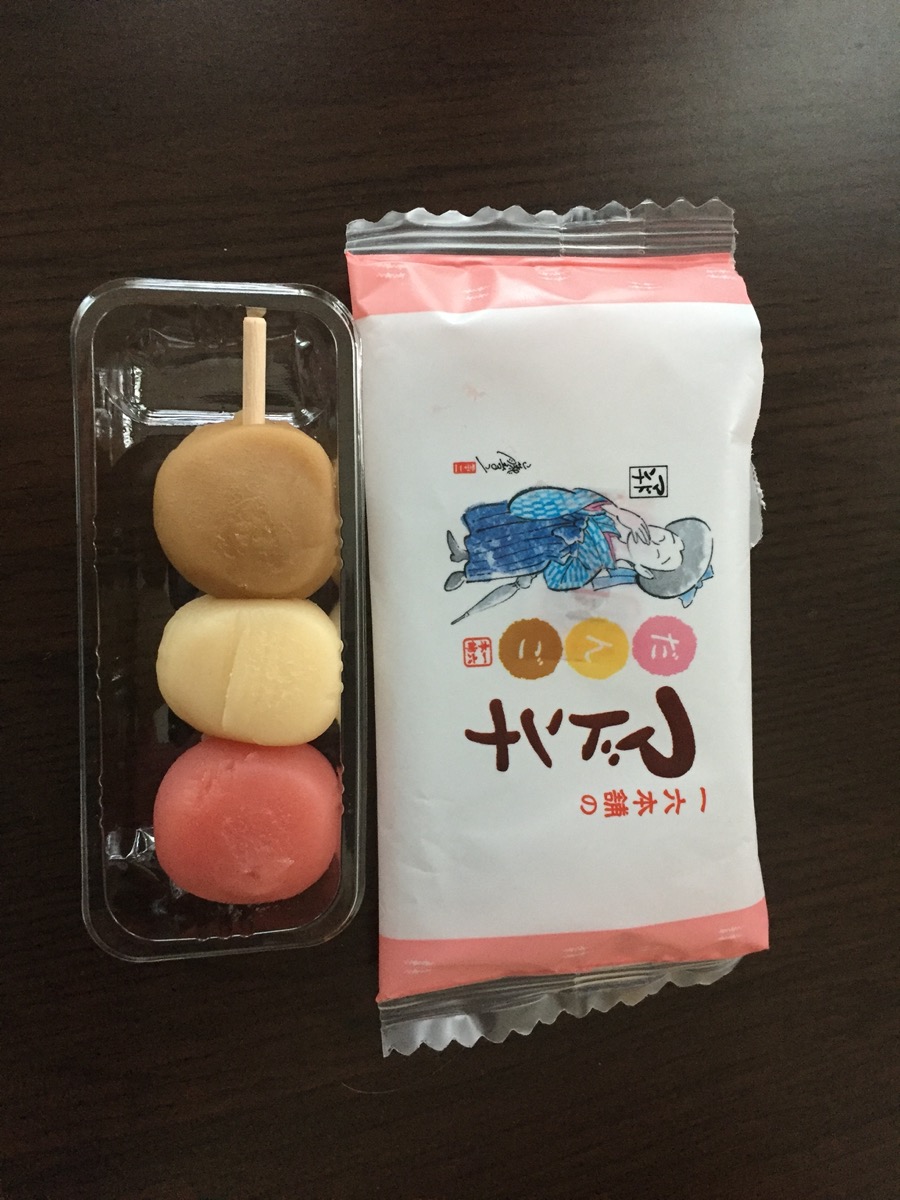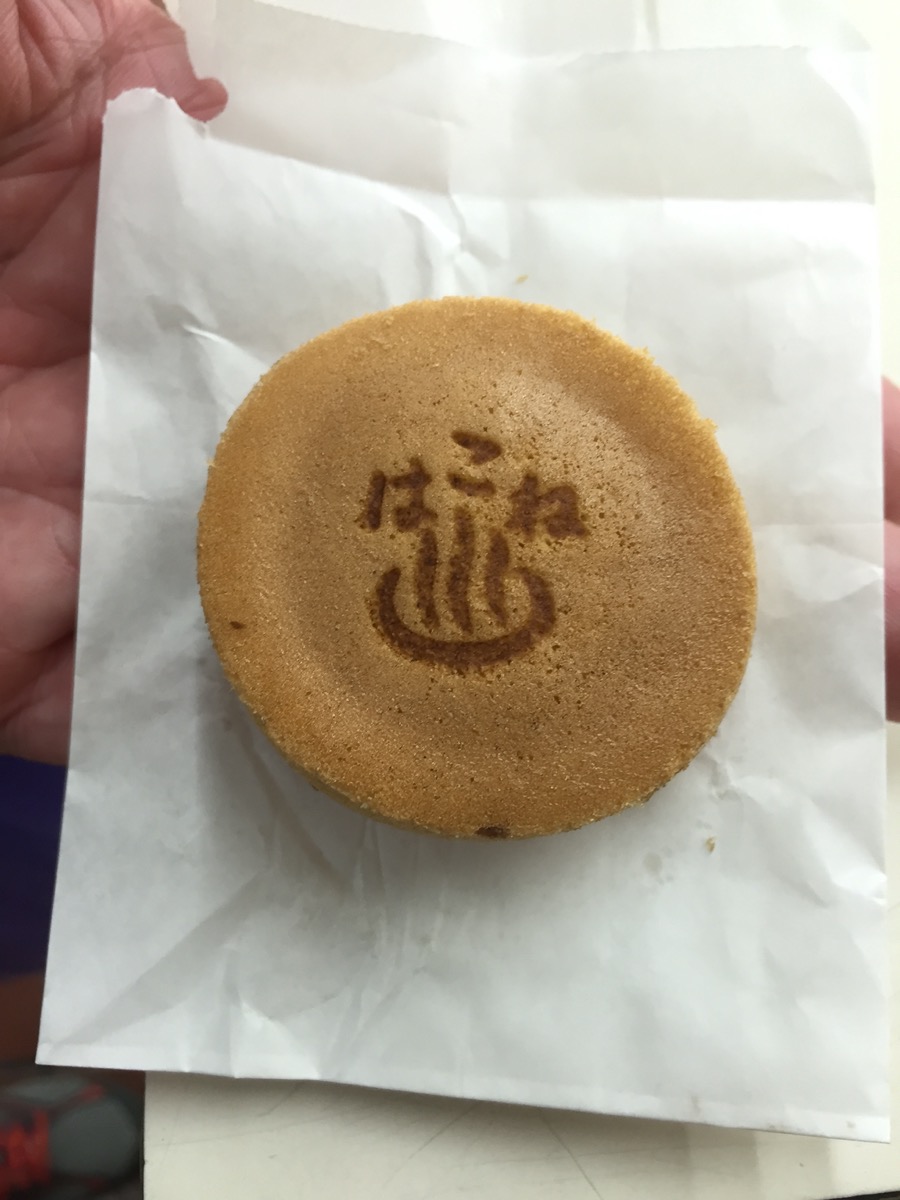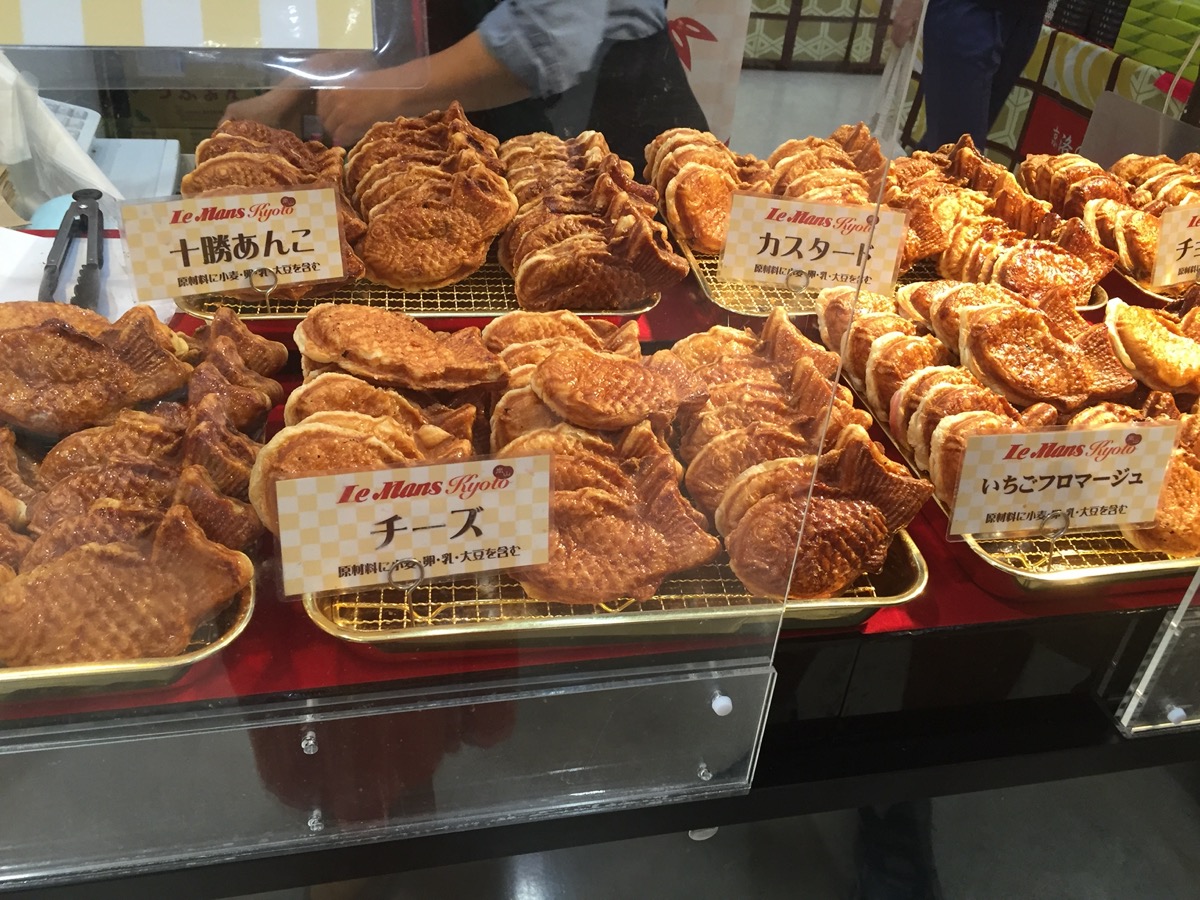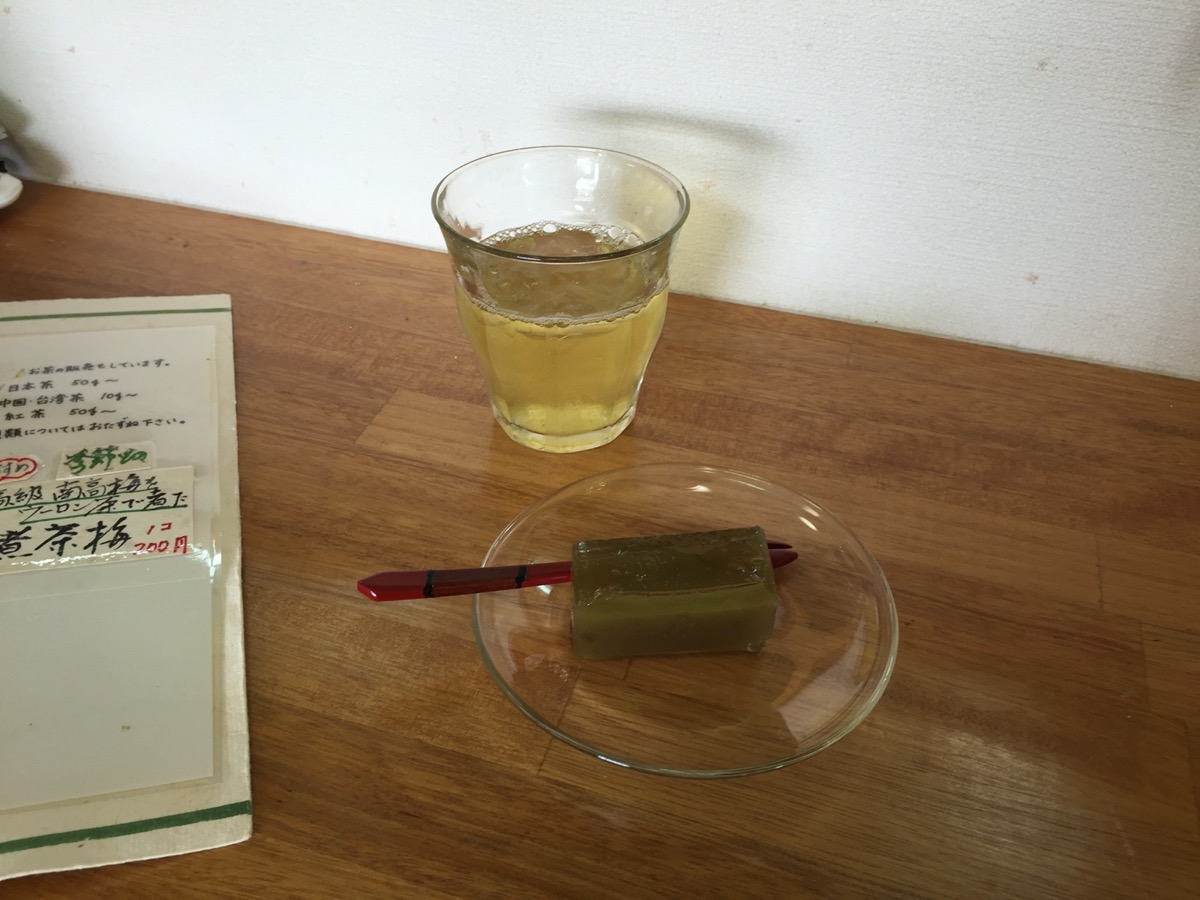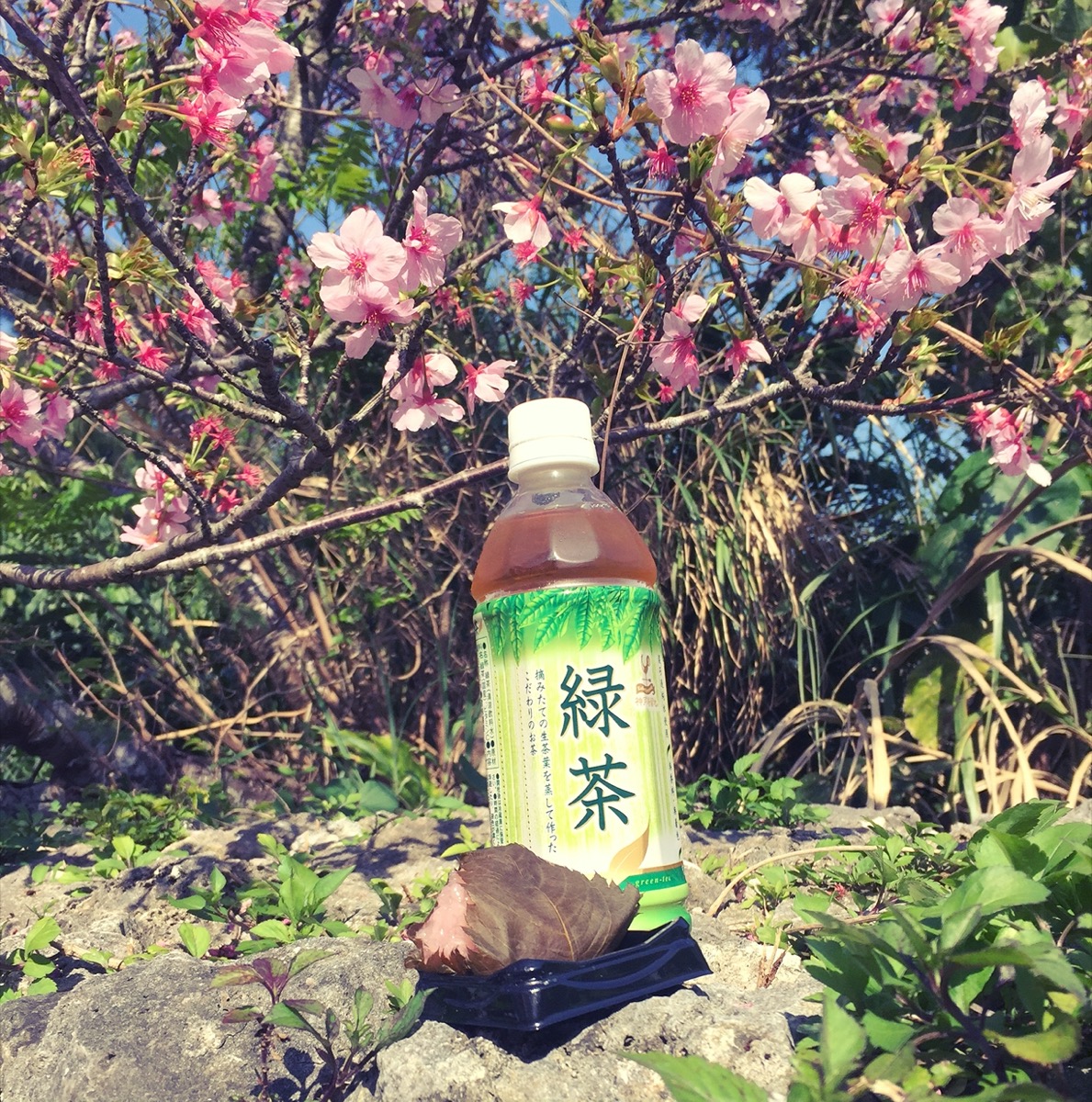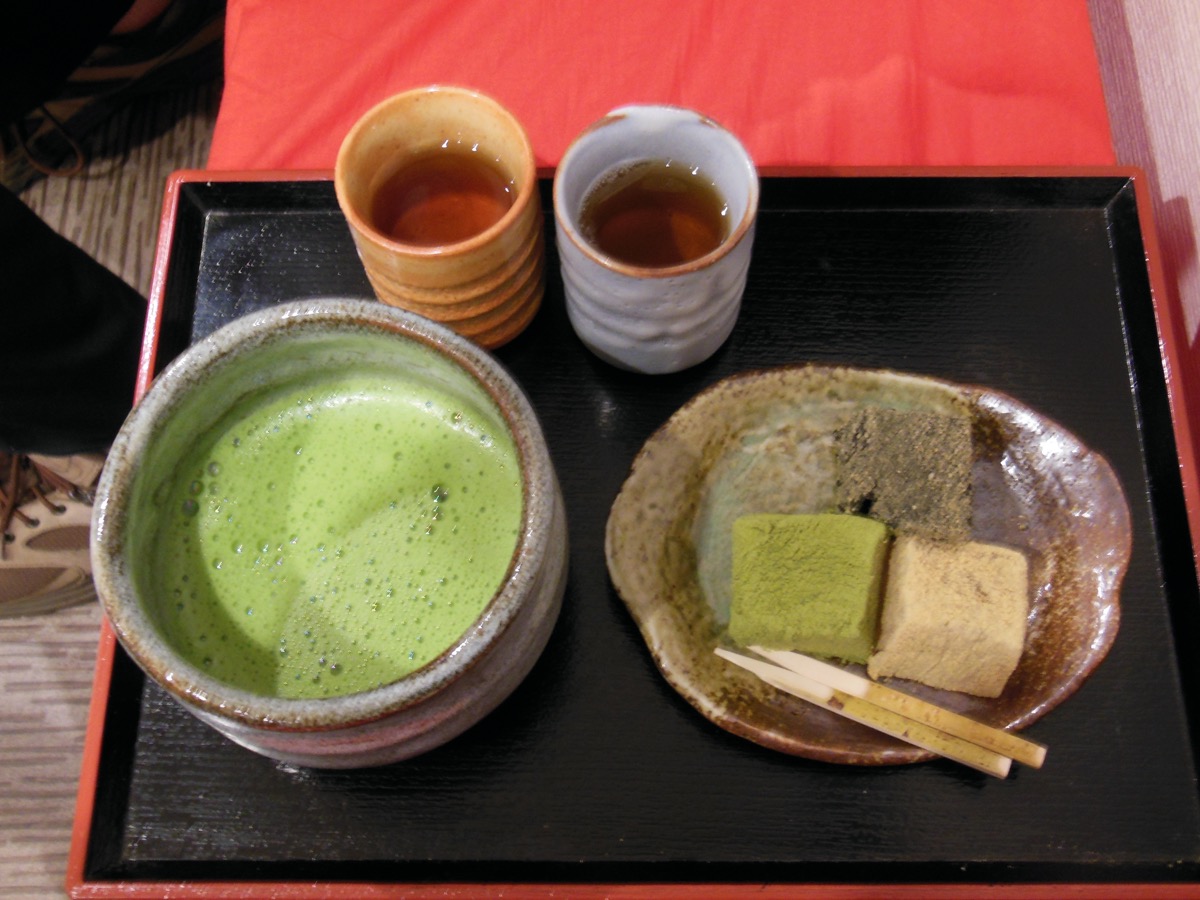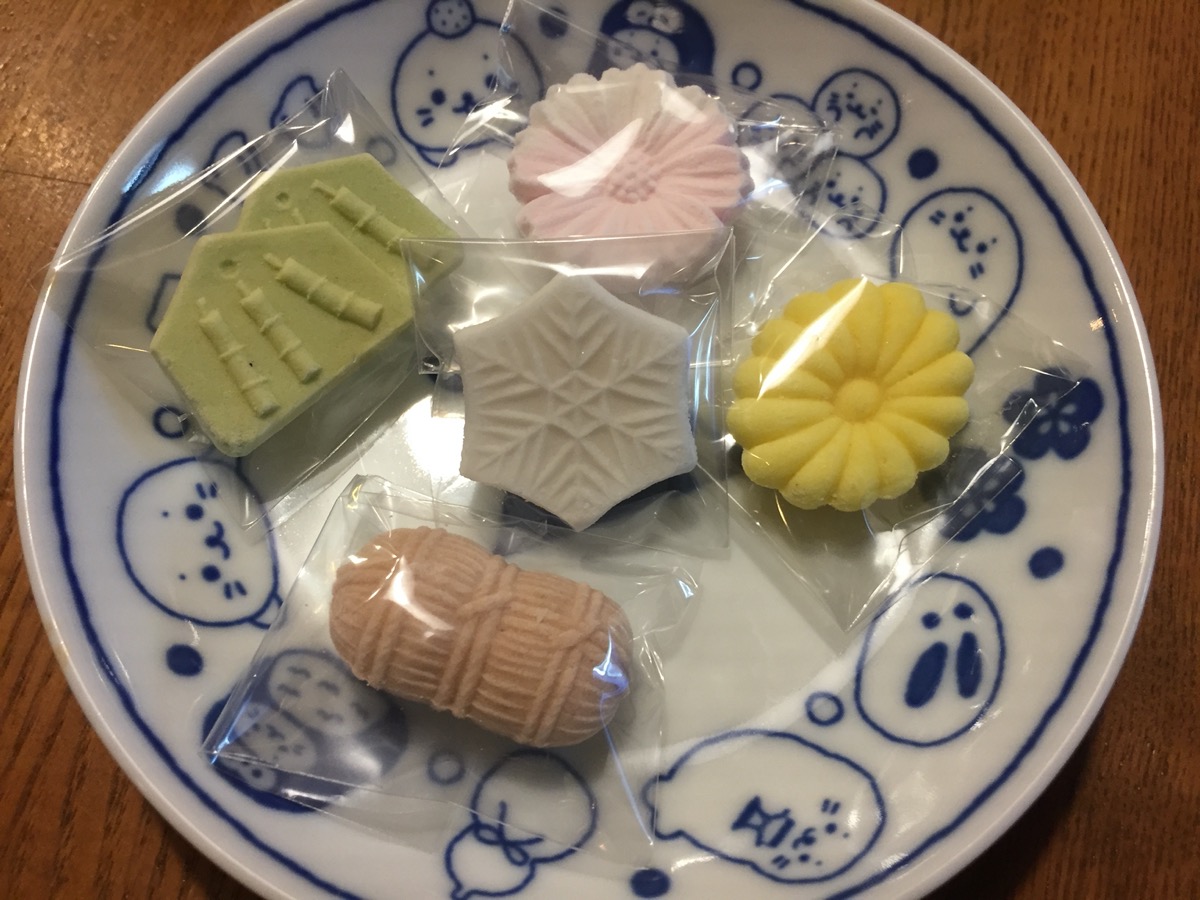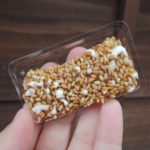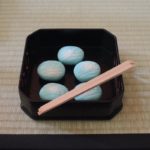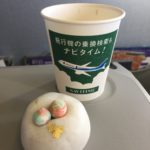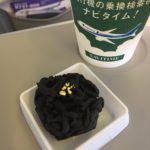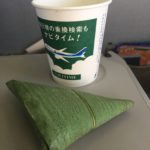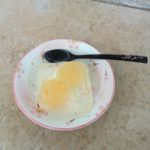Dango 団子 can actually be used to describe a few different things, though typically it means the 3-5 rice cakes on a stick (串 kushi =skewer). Sometimes the the rice cake is flavored, sometimes there is a topping on them. Here are a few you might encounter:
Hanami dango 花見団子: flower-viewing dango, pink/white/green. Probably the quintessential dango and what most foreigners think of when they think of dango. It is called hanami because it was traditionally made in the sakura flower viewing season, but these days it is common year-round. The dango itself is usually not flavored (just food coloring), but sometimes you might get a some sakura essence in the pink or matcha in the green depending on the maker.
Mitarashi dango みたらし団子: plain dango with sweet shoyu sauce on top.
Kinako dango きな粉団子: dango with kinako (roasted soy bean powder) on top.
Goma dango ごま団子: dango with ground black sesame on top.
Anko dango あんこ団子: dango with red paste on top (can be plain or flavored dango).
Age dango 揚げ団子: fried dango… what’s not to like? Be careful those, these are a bit heavy on your stomach, so you can only eat a few.
Bocchan dango 坊ちゃん団子: the flavors of this famous 3-colored dango in Matsuyama are red beans, egg, and matcha… I took a trip to Matsuyama this past year and enjoyed myself enormously, consuming many of these (one of the places I ate Bocchan dango was at the Dogo Onsen). A new dango, called Madonna dango マドンナ団子 has been created… the flavors are actually really western! It is strawberry, vanilla and cafe ole; very girlish and actually really good. I think most westerners would absolutely love this combination of flavors. I only brought back a few as souvenirs and did not actually try any Madonna dango while I was there, so when I realized how good they were I was disappointed I did not buy more!
Meatballs are often called niku dango 肉団子 (meat dango).
Basically, anything round served on a stick qualifies as dango.
花より団子 hana yori dango is a popular saying. It translates to “dango (rice cakes) over flowers,” which means to prefer the substantial to the esthetic. It is also the name of a popular manga 漫画 that is a pun on this saying: 花より男子 Hana yori dango. Normally it would be “danshi” but the last kanji can also be pronounced “ko” or “go.” So the title translates to boys over flowers.
I will update this post with some better pictures (hopefully soon).
